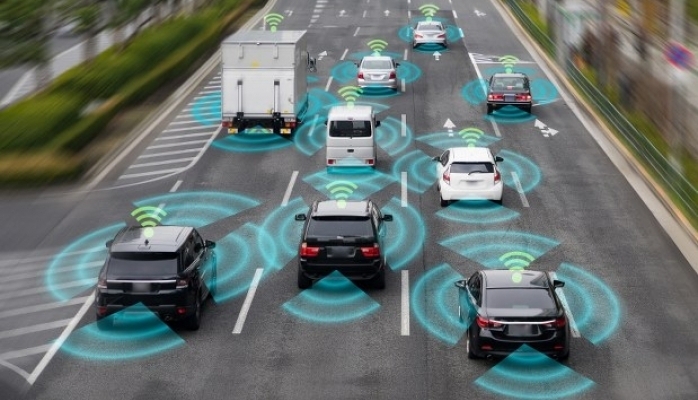The Development and Impact of Autonomous Vehicles
Autonomous vehicles (AVs), also known as self-driving cars, represent one of the most significant technological advancements in the transportation sector. These vehicles utilize advanced sensors, artificial intelligence (AI), and machine learning algorithms to navigate and operate without human intervention. Over the past decade, the development of AVs has gained considerable momentum, with major tech companies and automakers leading the race toward fully autonomous driving systems.
Evolution of Autonomous Vehicles
The journey towards fully autonomous vehicles has been gradual, with key milestones marking its progress. Early iterations of driver assistance systems, such as cruise control and lane-keeping technology, laid the foundation for AV development. Today, we are witnessing the rise of Level 4 and Level 5 autonomy, where vehicles can operate without human input in most or all driving conditions. Companies like Tesla, Waymo, and Uber have been at the forefront of this evolution, pushing the boundaries of what autonomous technology can achieve.
Benefits of Autonomous Vehicles
One of the most prominent benefits of autonomous vehicles is enhanced safety. Human error is responsible for a vast majority of traffic accidents. AVs, equipped with AI-powered decision-making capabilities, can significantly reduce accidents by eliminating common mistakes such as distracted driving, speeding, or impaired judgment. Additionally, autonomous vehicles have the potential to optimize traffic flow, reducing congestion in urban areas.
Another benefit is increased mobility for those who may not have access to traditional driving, such as the elderly or individuals with disabilities. AVs offer a solution that promotes greater independence and accessibility, transforming how people move through cities and beyond.
Environmental and Economic Impact
Autonomous vehicles are expected to have a profound environmental impact. By improving route efficiency and reducing idling in traffic, AVs could lower carbon emissions significantly. Furthermore, the integration of electric autonomous vehicles would amplify these environmental benefits, contributing to a greener and more sustainable transportation system.
On the economic front, AVs present opportunities and challenges. While they may reduce the demand for human drivers in sectors like trucking and delivery services, they also open up new job markets in software development, vehicle maintenance, and AI technology. As these vehicles become more widespread, we will likely see a shift in the labor force that adapts to the new technological landscape.
Challenges and Ethical Considerations
Despite the promising potential of autonomous vehicles, there are still significant challenges to overcome. Technical issues, such as handling complex urban environments or unpredictable weather conditions, remain barriers to full autonomy. Additionally, the ethical implications of decision-making in life-threatening scenarios have sparked debates over how AVs should be programmed to prioritize safety.
Regulation and legal frameworks are also critical. Governments and regulatory bodies will need to establish clear guidelines for the use and operation of AVs to ensure public safety while fostering innovation.
Conclusion
The development of autonomous vehicles is set to reshape the future of transportation, offering significant benefits in safety, mobility, and environmental impact. However, challenges related to technology, ethics, and regulation must be addressed to ensure a smooth transition to this new era of driving. As advancements continue, autonomous vehicles are poised to become a key component of smart cities and sustainable transportation systems.
(This article is for informational purposes only and does not constitute professional advice.)


Hiç yorum yok: